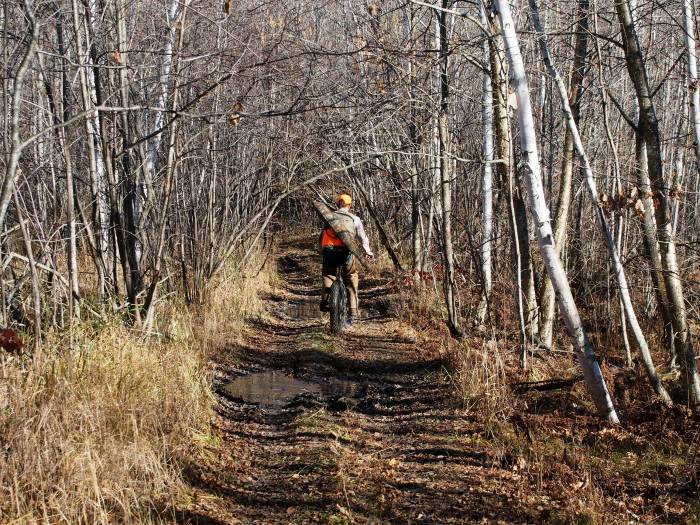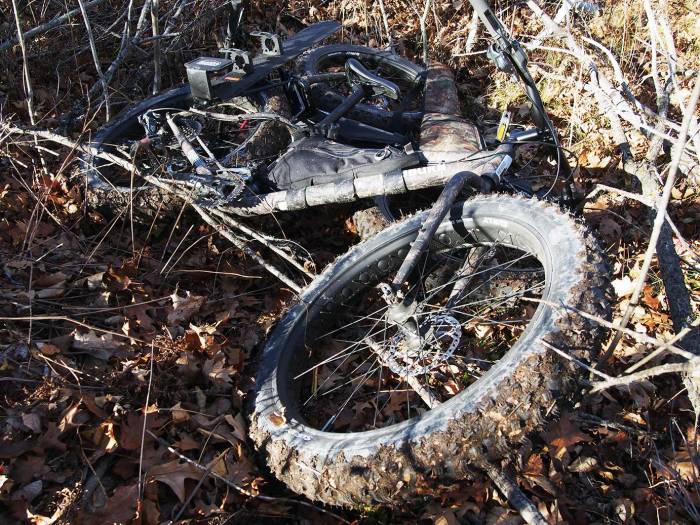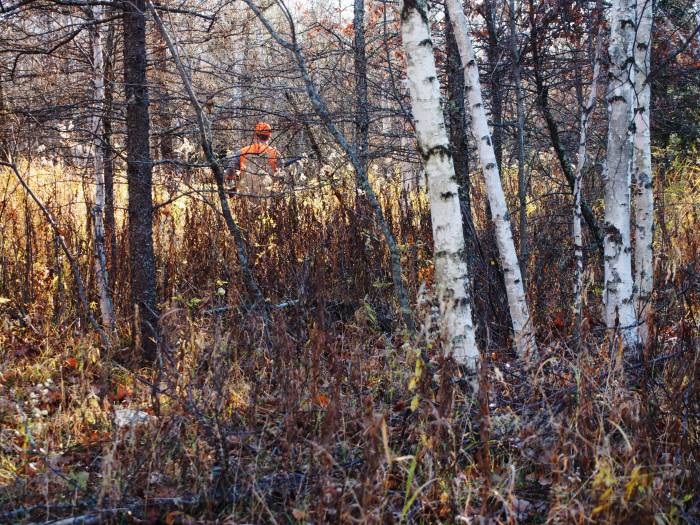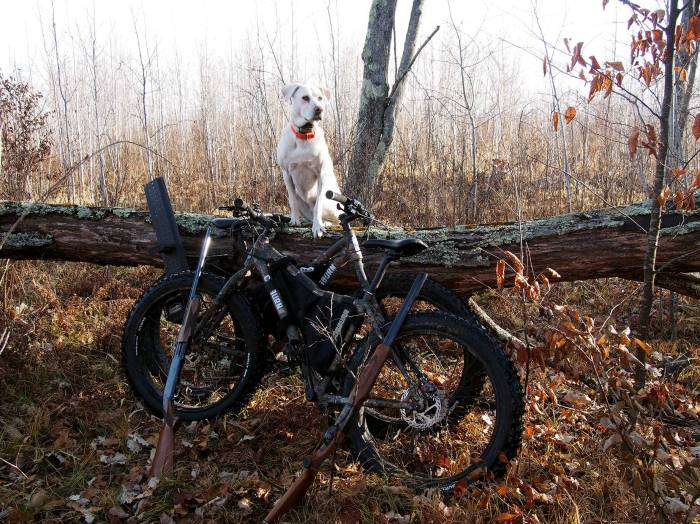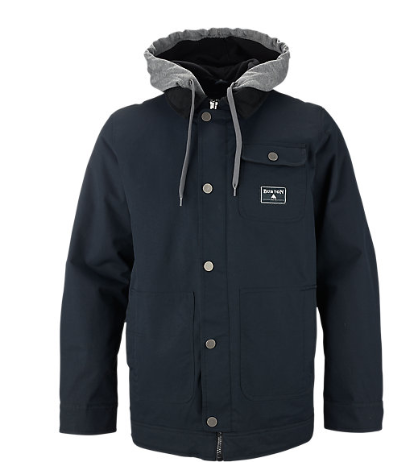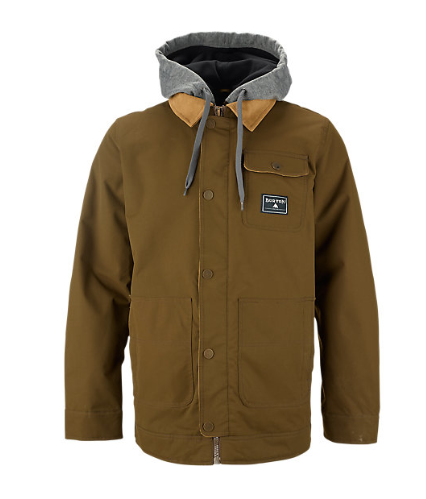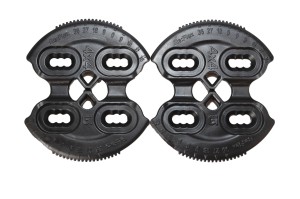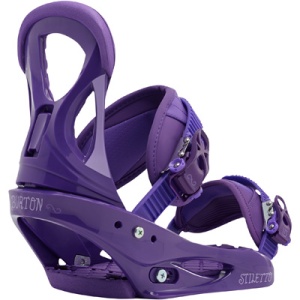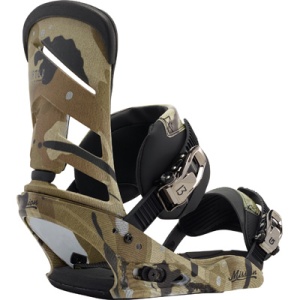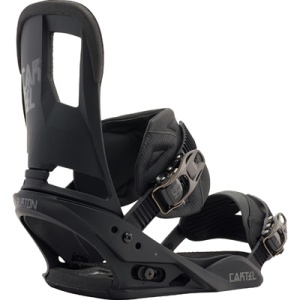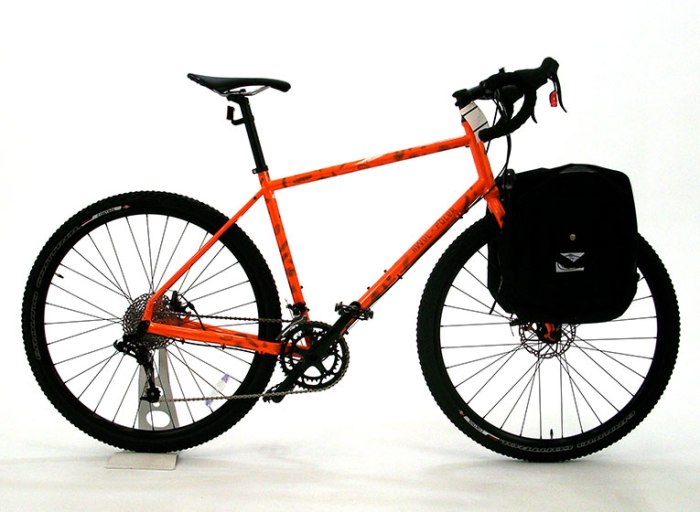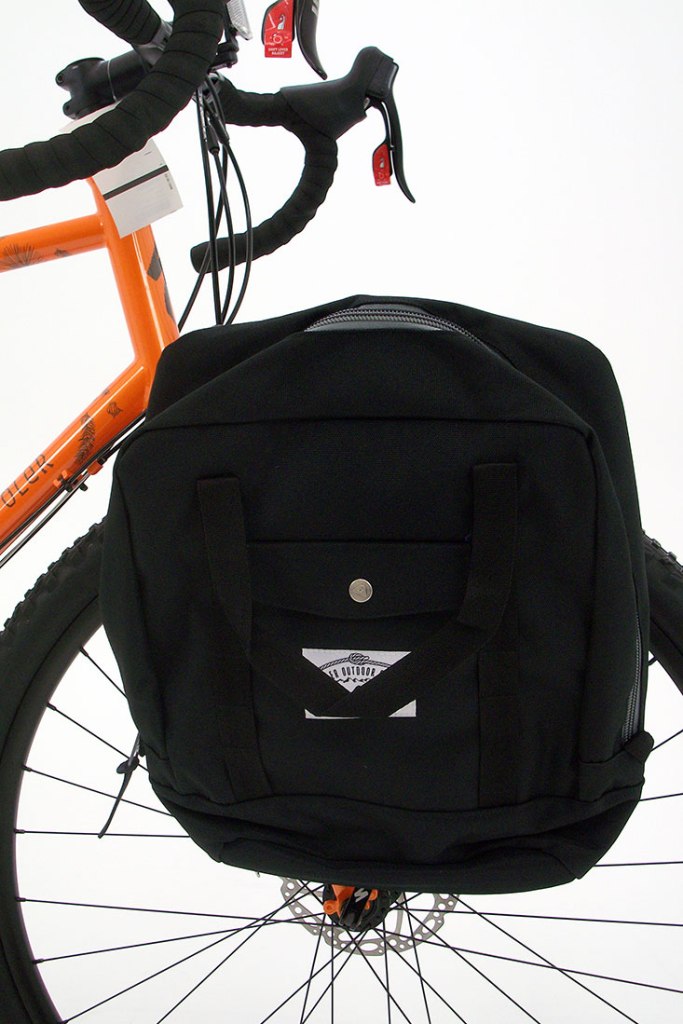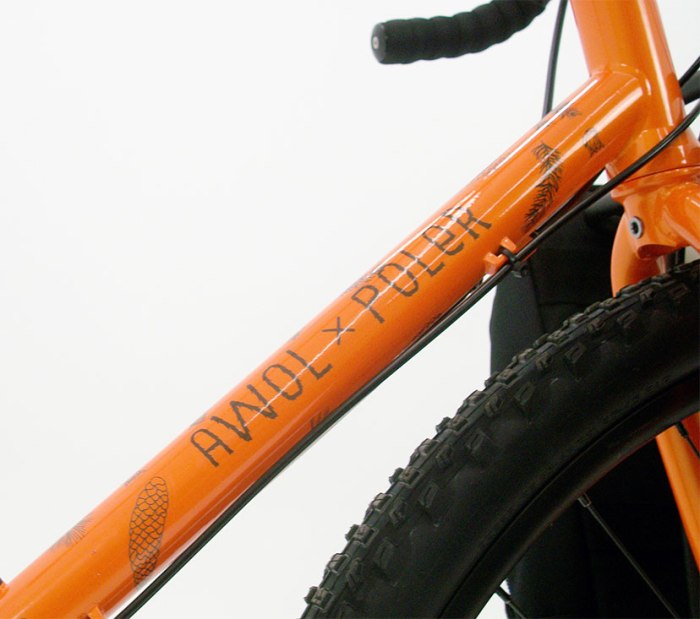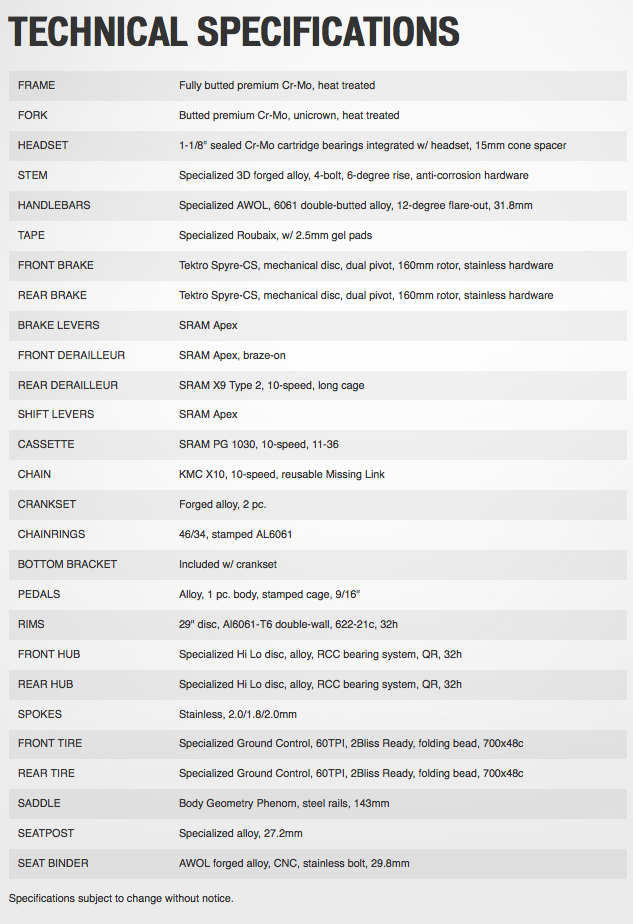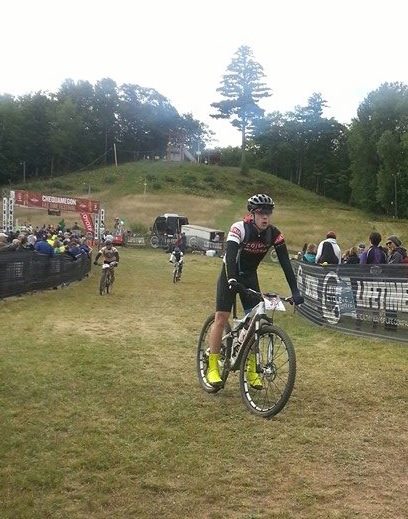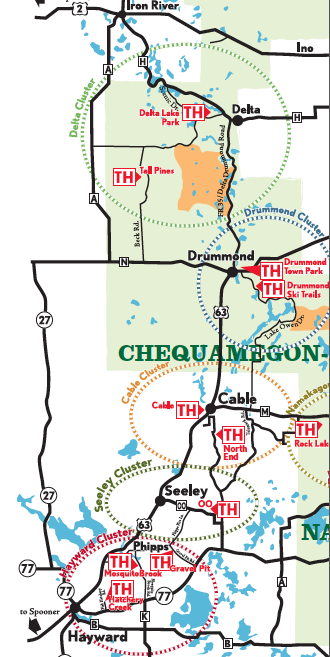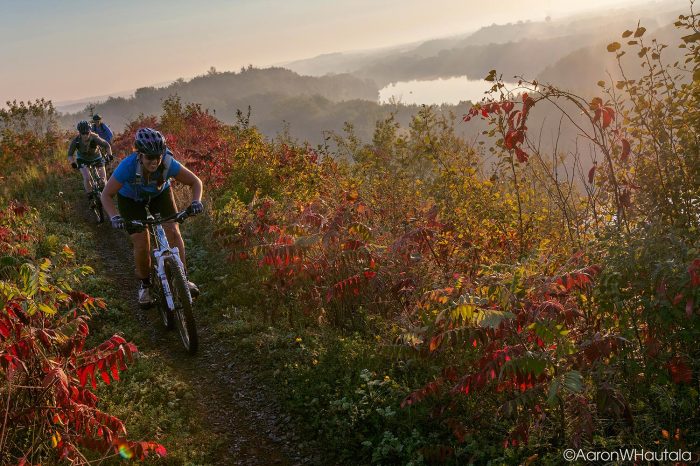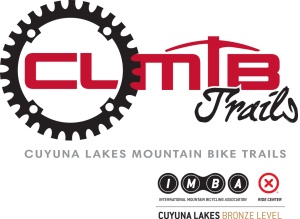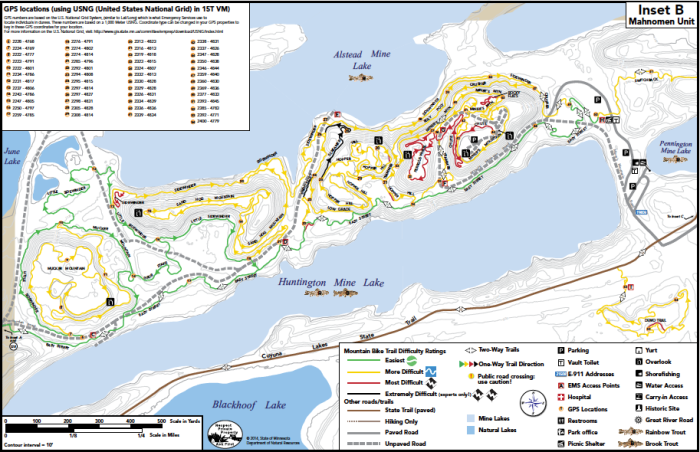Interest in fat bikes has grown incredibly in the past few years, and often people seeing one for the first time wonder “What do you use THAT for?” The past couple winters in Minnesota and Wisconsin have answered those questions pretty well, and more riders every year are making them their number one bike. As a tool, though, they sometimes get overlooked, and we think incorporating bikes into other parts of your life is a great thing, whether it’s commuting to work, running errands or taking a trip. Erik’s employee, Dave, and myself (Lainger) both are avid hunters when it’s not prime biking season, but that’s not to say we wouldn’t jump at the chance to ride more. This past weekend we had the opportunity to take out a couple CB4 fat bikes from Cogburn Outdoors (a hunting and fishing specific bike from the Quality Bike Products family).
For a brief overnight, we brought along the CB4s with slightly different set ups and loaded them on the rack. We headed to Northern Minnesota in search of the elusive Ruffed Grouse and the bikes soon proved their worth.We settled on a spot a few miles down the road from where we were staying – Using paper “PRIM” maps and online resources and thought it looked like a good start. It was 3:00 on a Saturday afternoon when we pulled into a small parking space next to an ATV trail. Dave’s bike was outfitted with a rack and the Cogburn Gear Carrier; mine was not. The gear carrier is a well thought out piece of metal that straps to the rear rack or cargo carrier of the bike, and you can then attach fishing rods, archery equipment, shotgun or rifle to easily, and it does a plenty good job of keeping it out of the way but easily accessible. By comparison, I had to case and strap my shotgun to my back. While this was a stable mount that worked well for our purpose, it poses a problem when the trail gets tight, and it could certainly be more comfortable. To allow for hunting boots, we both opted for a flat pedal rather than clipping in as we normally would. We dressed to be moving, but were comfortable in tin chaps and jeans with breathable layers up top and a hunting vest.
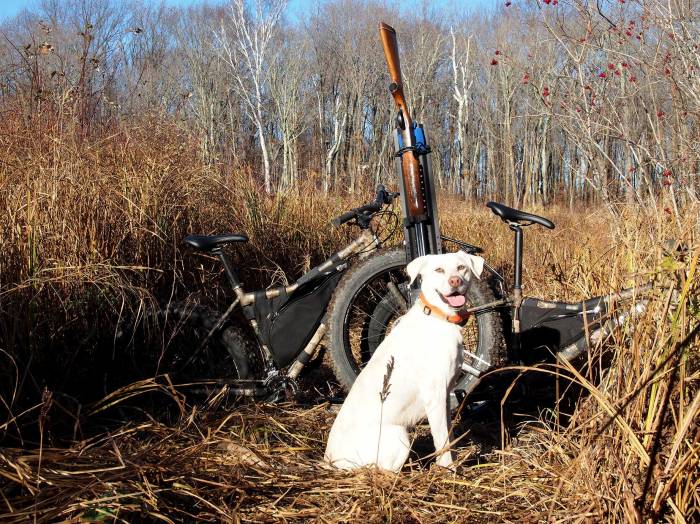
The two CB4s at rest near the end of the trail. The bike in the foreground has the Gear carrier for easier carrying of guns, rods and bows.
Setting out felt like the beginning of a great adventure – starting so late in the day, we wouldn’t usually be able to cover a lot of ground before dark, but on bike we were able to cover 3 miles pretty quick and access some land that was new to us easily. The added benefit was that the bikes were a blast to ride, and while a walking hunter can move at 2.5 to three miles an hour, this eats up time to get some place. By taking fat bikes, we got to where we wanted to go and were able to stow the bikes so we could walk the most promising parcels of land.

Wearing a helmet is a good idea, but since blaze orange is a legal requirement, we opted for regulation over habit.
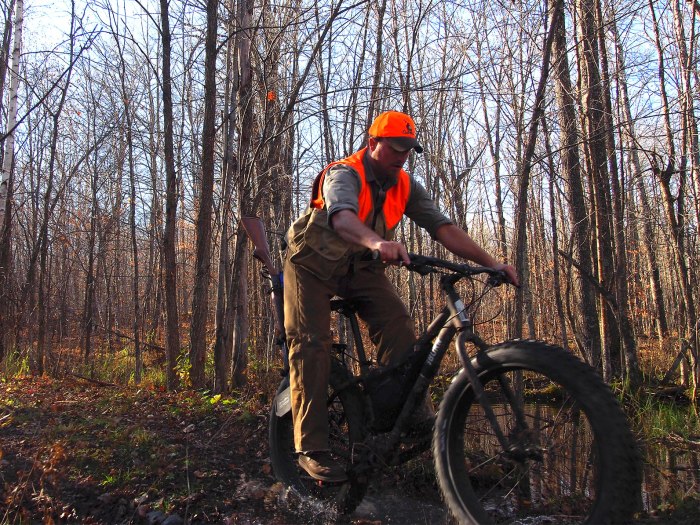
Hitting the trail is a blast on a fat bike, and on ATV trails, the wide footprint of the 4 inch tires inspired confidence in ruts and wet sections of the trail.
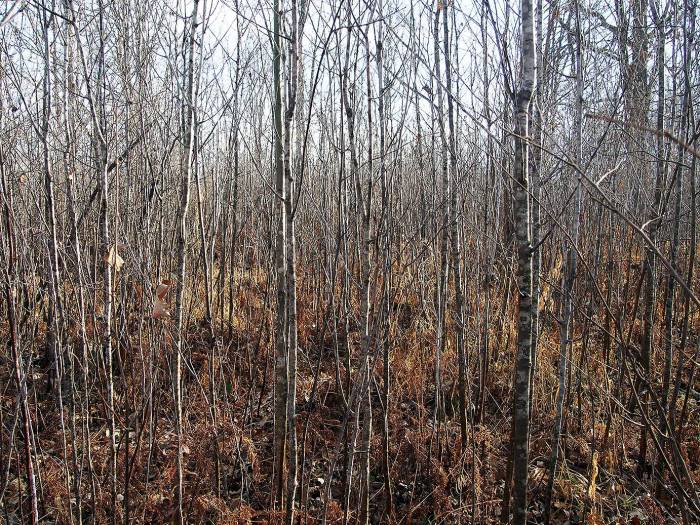
Grouse hunting puts you in areas like this often, and the bikes would be more work then we wanted, so when we found a promising spot, we stowed them.
On the way out, we rode past a promising spot but opted to keep going. It could have been because the riding was so much fun, or it could have been the excitement of the adventure and the ability to keep pushing further, but we passed it up. After riding to the end of the trail though, we had the opportunity to come back at it. We parked the bikes well off the ATV trail in a depression and good cover. As a precaution, we locked the bikes together and set about to work the brush. For its size and convenience, I like the Abus Catena to lock up the bikes – it’s a fairly sturdy chain, but it is lightweight and packs down to the size of a softball roughly. After heading a mile out, and not seeing any birds, we turned around and worked back to the bikes. We would have loved to get a couple birds for dinner, but knowing this doesn’t always happen we were glad we planned ahead and brought dinner. Normally I would recommend setting a waypoint using a GPS when you stow something in the woods, but we had some good landmarks that would ensure we would find the bikes again. Though I will freely admit to walking about 20 feet past the bikes and not noticing them with the Realtree camouflage and mottled vegetation surrounding them. It was approaching 5 PM when we arrived back at the bikes, and we knew with sunset at around 6, we should be making a move out of the woods. We unloaded and stowed the guns for the ride back and unlocked the bikes. We were surprised to find we covered the 2 miles back to the truck in just around 15 minutes! Back in the lot, we wiped the extra dirt and mud from the bikes but the smiles on our faces weren’t as easily removed.
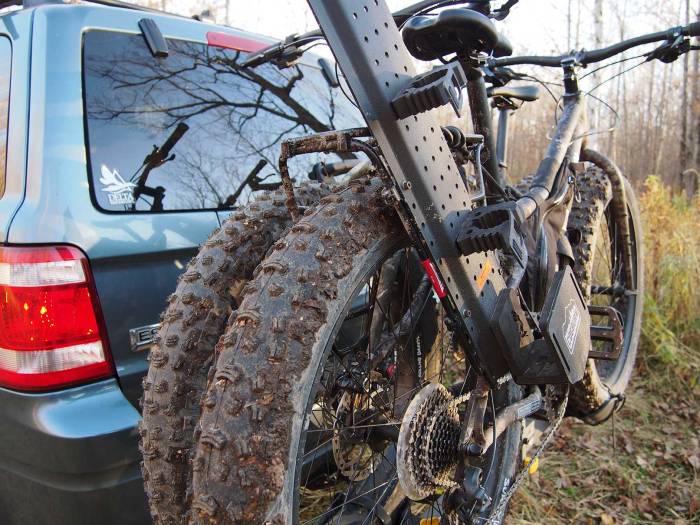
Fat bikes can be a tough fit in a car rack, we had good results with the Saris Freedom and upgraded wheel trays to fit fat tires.
Driving back to our place for the night, we talked about the possibilities these bikes opened up for us. It’s easy to think how with the addition of a trailer it could be a great rig for deer instead of an ATV, and we discussed the merits of the gear carrier (Dave pretty much won this one as he never tagged a tree branch with one end of the gun or another) – with a canoe or kayak rig towed behind it could be a great setup for waterfowl hunting too. I liked the internal frame bags you can see in the picture above as a place to stow the lock and camera while riding, and they would come in equally handy for extra gear on wet or cold days as well as first aid kits or items that require ready access.
The following morning we explored a Wildlife Management Area about a half hour away. We always like to scout for new hunting spots and this one showed some promise. We parked the truck again and hopped on the bikes to follow an old railroad grade 1.2 miles to its end – this time the path was closed to motorized vehicles making the Cogburns a perfect fit. The spot should be a great place for ducks when the migrators start coming down, but we still wanted to explore it a bit more since we had some left over time before we had to head home. We threaded the wide bars through a stand of thick popple to an island of oak trees about 4 acres in size. The outer edge of this “island” was bound by a mass of young trees so thick it was like walking through a maze. A great spot for grouse in some cases. We again locked the bikes to each other and thought about leaving the dog to watch over the bikes but thought she would have more fun in the thick stuff, so we trusted the lock (we probably didn’t need to rely on the lock, but when your only way out is on your own, you make sure to plan accordingly). In some of thickest cover around, we jumped one grouse, but given the lay of the land, it escaped pretty quickly as we played twister in the thick brush.
We rode back with empty game bags, but the trip was anything from a loss. Fat bikes like the Cogburn are a great way to get out in the woods and do something different from the normal routine. A bike is a tool when properly used that can carry you and your gear to places where the only limitation is your ability to think of all the possibilities. I know I’ll be using a fat bike again this year for more than just getting on and riding. What’s the most amazing thing you’ve done with a fat bike, or what’s on your fat bike bucket list if you haven’t done anything out of the ordinary yet? Let us know in the comments.

